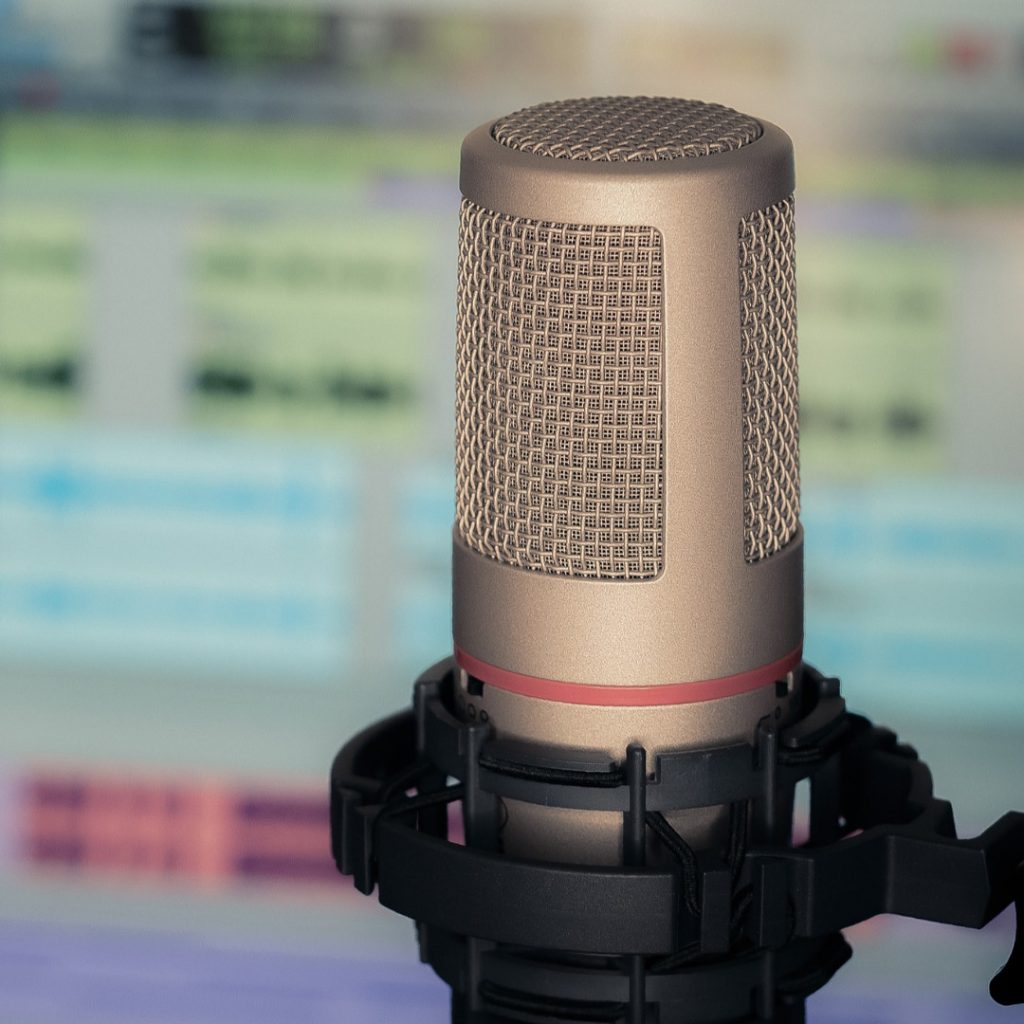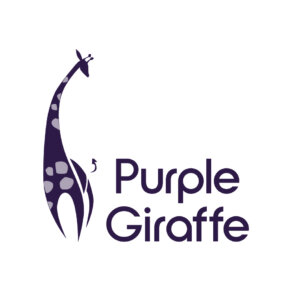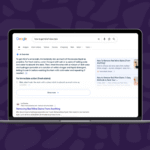Let me guess … you know what a podcast is and why you should start one, but now you’re asking yourself how and with what do I start one?
To help we’ve put together a step-by-step guide that will sharpen your thinking, provide you with the basic mechanics of how to get started, and have you on your way to perfecting the art of podcasting!
Step 1: Determine the why and who of your podcast
- Knowing why you’re starting a podcast is the key to staying motivated, interesting and relevant to your audience. Ask yourself – is your aim to build authority? To provide customers with informative content? Or to simply have a chat with them once a week and provide some great entertainment? The options are endless, but be sure to understand and stay true to ‘why’ you’re starting out in the first place.
- Who the podcast is for is also important. Coming from a business perspective, this will most likely be your consumers and their niche ‘persona.’ Once this is established, you can ask yourself whether this persona would find your scheduled content engaging and interesting. With this in mind it will become easier to plan your podcast schedule and content.
Step 2: Have a plan
- It sounds simple, but it’s risky to start with no plan in place. You need to give your audience a reason to listen to your podcast. This requires sitting down and understanding your relevant content, the sequence in which you will communicate this content, and the number of podcast episodes you may require to successfully achieve this.
- If your aim is 10 episodes, then you should have 10 potential topics that will appeal to your audience. It then becomes important to develop a schedule and give each episode a name that is descriptive so that listeners know what each episode is about. Releasing a podcast as frequently as possible is preferable, however you are only as good as your last podcast so make sure not to release content for the sake of it. If having one quality episode each month is what is achievable for you, then that’s how to start.
- Determine the average length of your podcast episodes. While it can vary, two areas to consider are your content and your target audience. For instance, if you have an hour worth of good content, don’t cut it down, either leave it or split it into two parts (episodes). Similarly, if you have 15 minutes of good content, don’t extend it with poor content. Also think of your target audience and how long their listening time-frame is likely to be and tailor your podcast length to this. Remember you can always survey listeners to get them to provide you with feedback in regards to desirable length.
Step 3: Choose a podcast name, description and design
- It goes without saying that the name is crucial when it comes to podcasting. You may wish to use your own name if this carries equity, or you could choose a descriptive name that your audience will find appealing. Remember that there are hundreds of podcasts out there, so choose a name that listeners will be able to find and that sparks their interest.
- A description is a brief paragraph about your podcast that the audience sees before choosing to listen. Make sure this description is relevant and will motivate them to press play.
- Your cover art is one of the most important aspects of the design. Ensure it’s easy to read, features the podcasts name, has one focal image related to your podcast topic and is colourful and appealing to browsers. If possible, and you have the budget, use a graphic designer to really perfect this step. Directories will often have guidelines as to the sizing and file type for this artwork so be sure to check these out before beginning the design process. For instance, iTunes requires the image be in JPEG or PNG format and 72dpi.
Step 4: Prepare your equipment
- Prior to recording your podcast, you need a computer and access to the internet. You may also wish to get your hands on a microphone, headphones and software for editing and recording. This step will depend on your budget, desired audio quality and your reason for starting the podcast in the first place.
Step 5: Record your podcast
- Now for the fun part – recording your podcast! Start by setting up your microphone and testing all of the equipment that you prepared in Step 4.
- There are many different variants of podcasts including solo podcasting which is a monologue, the co-hosted show in which one person presents alongside a friend or colleague, the interview show in which one person interviews an expert, the roundtable in which one host and a number of guests talk around a table, and so on! Choose the one which works best for you and your audience
- A good podcast will be authentic, engaging, informative and make use of high-quality guests and respectful discussions. It’s also important to ensure the content aligns with the audience that was defined in Step 1.
Step 6: Edit your podcast
- It takes a bit of time to perfect the art of editing your audio. A good start is by importing your clips into the audio software of your choice and working your way from there. Once you’ve finished, export your audio as an Mp3 file and be sure you save it as per the guidelines required by your directory which we’ll explore more in Step 7.
- Another good tip is to make sure you’re abiding copyright laws when it comes to using music in your podcast. There are a number of websites which offer music to be used legally online.
- Remember that outsourcing this step is also an option if you don’t mind spending that extra bit of money.
Step 7: Publish your podcast
- There are two main elements when it comes to publishing your podcast – choosing your podcast host and submitting your podcast to directories.
- A podcast hosting account stores your audio and enables your listeners to listen, download and subscribe to your podcast. To publish your episode, it must be uploaded to your host provider and they will give you instructions regarding the next steps.
- Once you’ve uploaded your audio file to your host provider, you can submit it to directories via which listeners can discover, subscribe-to and download your episodes. The most common are iTunes and Google Play Music, as well as Stitcher, Pocketcasts and Spotify. Most are free, but every now and then listeners will have to pay for content.
Step 8: Promote your podcast
- Now that your podcast is good to go, it’s time to promote it! This step can be achieved through advertising on your own website or via your social media platforms but is open to creativity, so the sky is the limit and it’s up to you to get it into your listeners’ ears.
Podcasts are designed to be a fun way in which to engage with your audience, so think of it as a casual chat and try not to feel overwhelmed when beginning your journey into this new marketing and communications space. If in doubt, do your research as there are many resources available to help you along the way.
Blogs, articles, website and journals that have been referenced when researching and writing this blog:
- https://blog.mindvalley.com/podcasts-beginners-guide/
- https://blogging.com/podcasting/
- https://www.thepodcasthost.com/planning/how-to-start-a-podcast/







